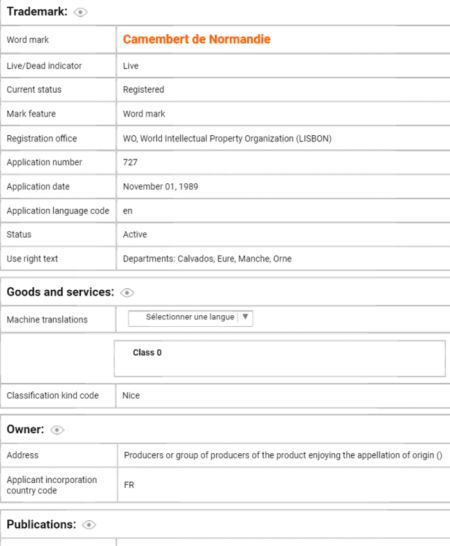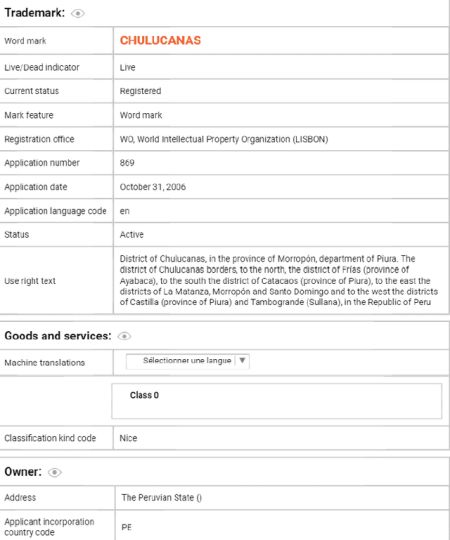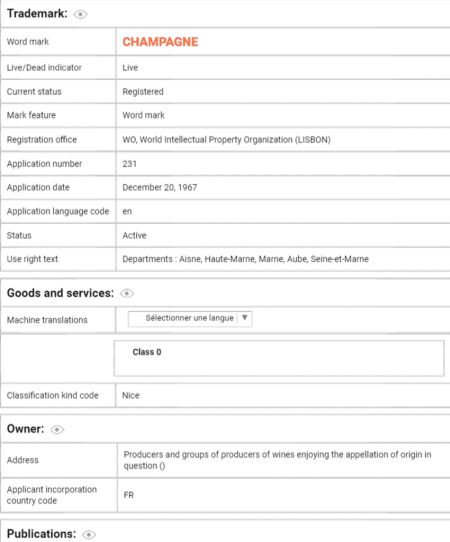From Camembert cheese in Normandy to Darjeeling tea in India and the beautiful Peruvian ceramics of Chulucanas, you could sample some of the world's finest products by taking a global tour of geographical indications (GIs). But did you know you can also take an around-the-world trip of GIs using our Markify trademark search tools? Pascaline Bourreau from Questel explains how.
Before flying around the world on your tour of geographical indications, here are a couple of questions to help you prepare for your trip:
What Are Geographical Indications?
When we talk about geographical indications, we often think of products of quality or uniqueness stemming from their geographical origin; however, not all products can benefit from recognition as geographical indications. Let's start with some historical background to understand where GIs come from and the types of products they cover.
Geographical indications were first recognized by the 1883 Paris Convention for the Protection of Industrial Property, which referred to them as "indications of source" and "appellations of origin." Yet, the Paris Convention did not provide much of a definition of these terms.
We had to wait until the 1994 Agreement on Trade-Related Aspects of Intellectual Property Rights (TRIPS) to receive an international definition of GIs as: "...indications which identify a good as originating in the territory of a Member [of the World Trade Organization], or a region or locality in that territory, where a given quality, reputation or other characteristic of the good is essentially attributable to its geographical origin" (Article 22.1).
TRIPS was signed in Marrakesh, Morocco on April 15, 1994, and applies to all World Trade Organization (WTO) member countries. Some countries passed their own laws to protect geographical indications before 1994, including France, which is renowned for its commitment and attachment to its culinary heritage.
Agricultural products immediately come to mind when reading the TRIPS definition of a GI, given their main characteristics usually come from a specific farming location and are predominantly shaped by unique regional and geographical elements. Nevertheless, geographical indications are not limited to agricultural products and can also cover any cultural customs or traditional know-how specific to a country or region. For example, Limoges has been well-known since the late 18th century for its porcelain tableware created with a special type of clay (kaolinite) discovered near the French city. The French Patent and Trademark Office (INPI) granted a GI to Limoges porcelain in 2017 after a 10-year battle to gain this recognition.
- Geographical indications cover artisanal food products, such as Camembert de Normandie.
- Other agricultural products protected by geographical indications include the famous sparkling wine from France's Champagne region.
- There is also a geographical indication for Darjeeling tea from India.
- Geographical indications are not limited to agricultural products and can also cover cultural customs and traditional know-how, including pottery.
Why Search Geographical Indications Before Filing a New Trademark?
If you plan to register a new trademark, first fasten your seatbelt and listen to the safety information! As with any product name, GI regulations provide certain legal rights:
- Those who have the right to use a GI can preclude any third party whose product does not meet the relevant requirements of the GI from using it.
- Geographical indications are collective, so can't be registered or used as a trademark, even by a producer/manufacturer who fulfills the relevant GI requirements. Of course, it is possible to file a trademark reproducing a GI associated with a distinctive term (as a patronymic name).
It is important to understand or obtain this legal knowledge before undertaking your GI search 1.
Technology to Support Your World Tour of Geographical Indications
When you run a search on Markify ProSearch" and Markify Comprehensive Search, you have the option to select geographical indications as a database. This provides the opportunity to check if your chosen trademark or brand name contains or consists of a geographical indication, helping you avoid any GI-based office actions by adjusting your candidate marks if your product does not meet the requirements to use a GI. On the other hand, if your product does benefit from a geographical indication, you will be able to reference it in your specification of goods and associate a distinctive term with your future brand.
Here are some examples of the geographical indications you could meet during your world tour using our Markify trademark search tools (click the image to see the details):
- Camembert de Normandie
-
- Chulucanas
-
- Champagne
-
Be careful not to fly the plane after a couple of Champagne flutes!
Footnote
1. Questel does not provide any legal advisory services. Legal services are provided by independent IP attorneys on the basis of a separate engagement agreement between you and, if you wish to, a partner IP attorney firm.
The content of this article is intended to provide a general guide to the subject matter. Specialist advice should be sought about your specific circumstances.



